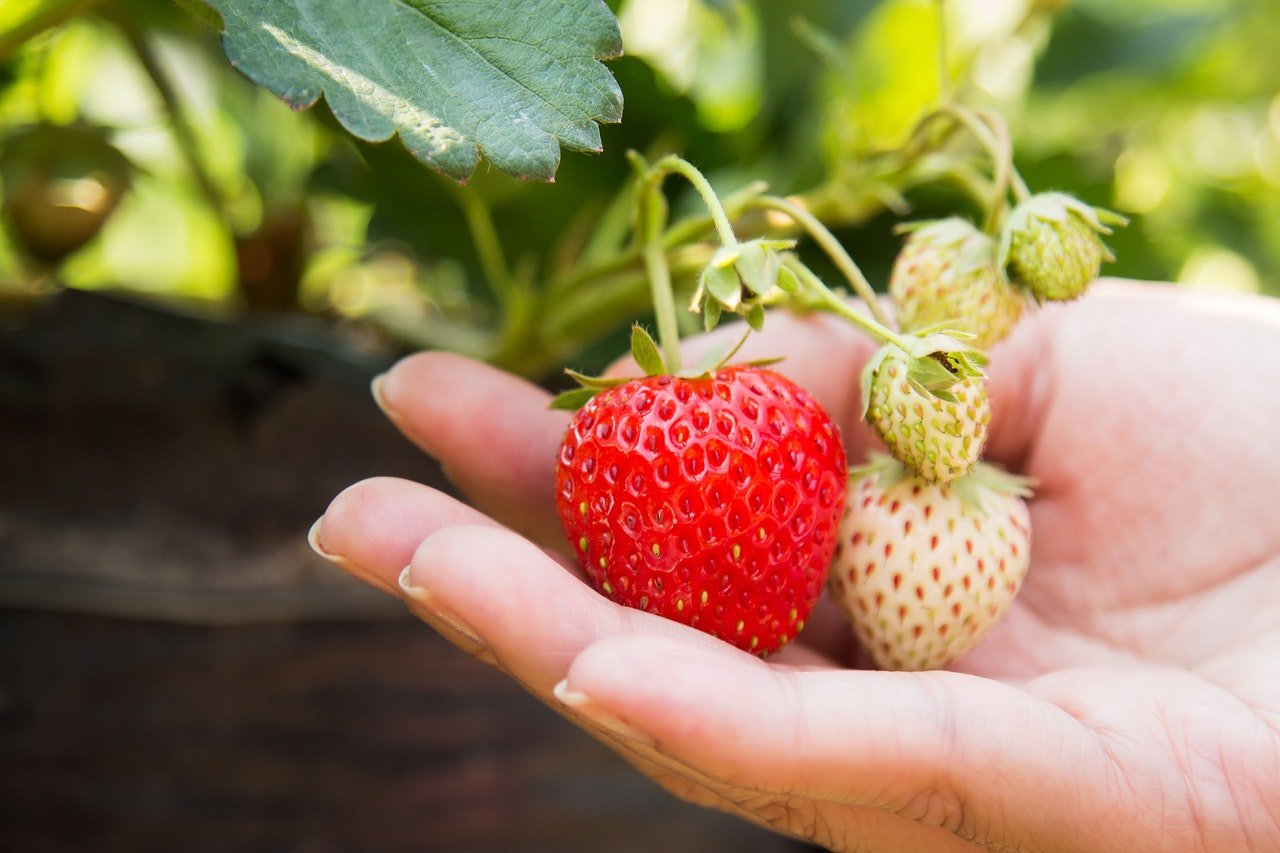Agriculture Secretary Tom Vilsack announced the U.S. Department of Agriculture (USDA) is accepting more than 2 million acres in offers from agricultural producers and landowners through the Conservation Reserve Program (CRP) general signup, which included nearly 500 acres in New York. This is the first of the program’s multiple signups occurring in 2022. With about 3.4 million acres expiring this year, Vilsack encourages producers and landowners to consider the Grassland and Continuous signups, both of which are currently open.
“Our conservation programs are voluntary, and at the end of the day, producers are making market-based decisions as the program was designed to allow and encourages,” said Jim Barber, FSA State Executive Director in New York. “We recognize the Conservation Reserve Program is an important tool in helping mitigate climate change and conserve natural resources, and this announcement is just the first opportunity for producers to take advantage of the program. Producers are still looking at options under the working-lands Grassland Conservation Reserve Program, the more targeted buffer-type practices under Continuous CRP, and partnership opportunities through the Conservation Reserve Enhancement Program (CREP). For farmers who have decided to return all or a portion of their land into production agriculture, USDA will also be reaching out to ensure they understand and can take advantage of options to either prepare the land for production or transition it to beginning farmers.”
Producers submitted re-enrollment offers for just over half of expiring acres, similar to the rate in 2021. Offers for new land under General CRP were considerably lower compared to last year’s numbers, with fewer than 400,000 acres being offered this year versus over 700,000 acres offered last year.
Submitting and accepting a CRP offer is the start of the process; producers still need to develop a conservation plan before enrolling their land on October 1, 2022. Each year, during the window between offer acceptance and land enrollment, some producers change their mind and ultimately decide not to enroll some accepted acres without penalty.
The three other types of CRP—Grasslands, Continuous, and CREP—are still available for either working-lands or targeted, often smaller sub-field, offers. Producers have submitted offers on nearly 260,000 acres through the Continuous and CREP signup so far this year. The Grassland signup – which last year had its highest participation ever – closes May 13, 2022.
Through CRP, producers and landowners establish long-term, resource-conserving plant species, such as approved grasses or trees, to control soil erosion, improve soil health and water quality, and enhance wildlife habitat on agricultural land. In addition to the other well-documented benefits, lands enrolled in CRP are playing a key role in climate change mitigation efforts across the country.
In 2021, FSA introduced improvements to the program, which included a new Climate-Smart Practice Incentive to increase carbon sequestration and reduce greenhouse gas emissions. This incentive provides a 3%, 5% or 10% incentive payment based on the predominant vegetation type for the practices enrolled – from grasses to trees to wetland restoration.
While the General Signup is closed, producers and landowners can still apply for the Continuous and Grassland signups by contacting their local USDA Service Center.




